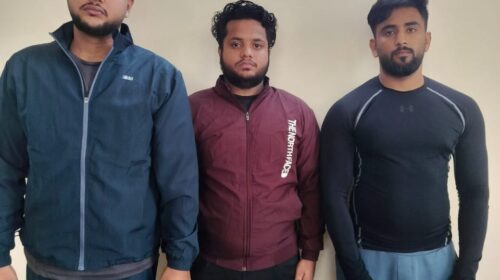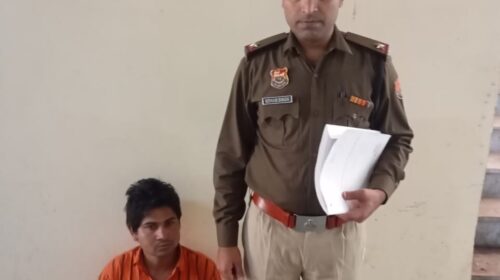Identification of orphans post March 2020 does not brook any further delay:SC
Observing that identification of children who have become orphans or lost a parent either due to COVID-19 or otherwise does not brook any further delay, the Supreme Court Tuesday directed the state governments and union territories (UTs) to file status reports giving particulars about the number of children who have become orphan after March 2020.
The top court said there is a need to ensure the schemes meant for the orphans reach the real beneficiaries and not just remain on paper.
A bench comprising Justices L Nageswara Rao and Aniruddha Bose directed the the District Magistartes to issue necessary instructions to the district child protection officers to take assistance of the police, civil society, gram panchayats, anganwadi and ASHA workers for identification of orphans.
The apex court said this is in addition to mechanisms available in Juvenile Justice (Care and Protection of Children) Act, 2015 and rules.
“The identification of children who have lost both parents or one parent after March 2020 does not brook any further delay,” the bench said.
The bench also clarified that it’s order covers all children who became orphans during this period due to COVID or otherwise.
“What we are thinking is to take care of all children who have been orphaned whether COVID or not COVID. We cannot restrict the orders passed to only orphans who lost both parents to COVID-19”, Justice Rao said.
The Bench said District Magistrates are directed to continue uploading the information on Bal Swaraj portal of National Commission for Protection of Child Rights (NCPCR).
Child welfare committees are directed to complete the inquiry within the time limit specified under Act and provide assistance and rehabilitation to orphans, the bench added.
“All state governments, UTs are directed to file status reports giving particulars giving the number of children who have become orphan after March 2020. The number of children produced before the child welfare committee and their particular who have been provided with benefits of the schemes by the state governments,” the bench said.
It also directed the states to provide details regarding payment of Rs 2000 monetary assistance given to needy orphans under the Integrated Child Development Services scheme.
With regard to education of orphan children, the top court directed the state governments to ensure that orphans continue to study in the same school, private or government, for the current academic year and in case of any difficulty they may be accommodated in the neighbourhood school under the Right to Education Act.
The apex court also directed the state governments to furnish details about children who have been accommodated in government and private schools and posted the matter for hearing on August 26.
The top court’s direction came after perusing a report filed by advocate Gaurav Agrawal, who has been appointed amicus curiae, in a suo motu case seeking identification of orphaned children due to COVID-19 or otherwise and providing them immediate relief by the state governments.
On June 1, the top court had asked the Centre to provide information on the recently launched ‘PM-CARES for Children’ scheme for kids orphaned by COVID-19, and directed states to appoint nodal officers to apprise it on identification and welfare measures for such children.
The NCPCR, in its affidavit, said that as per the data given by states so far, 9,346 children have either lost both or one of the parents to the deadly virus.
As many as 1,742 children have lost both of their parents and 7,464 have lost one of the parents, the child rights body had said.
The top court had taken note of of submission of Agrawal that Prime Minister Narendra Modi on May 29 launched the scheme which aims to provide various reliefs to the children orphaned by the pandemic and he did not have much detail about.
Under ‘PM-CARES for Children’ scheme, various steps would be taken including providing a corpus of Rs 10 lakh when the beneficiary child turns 18 years old.





